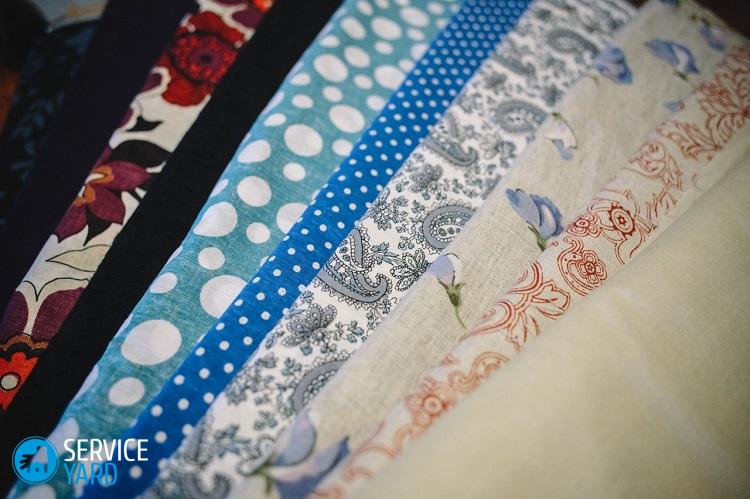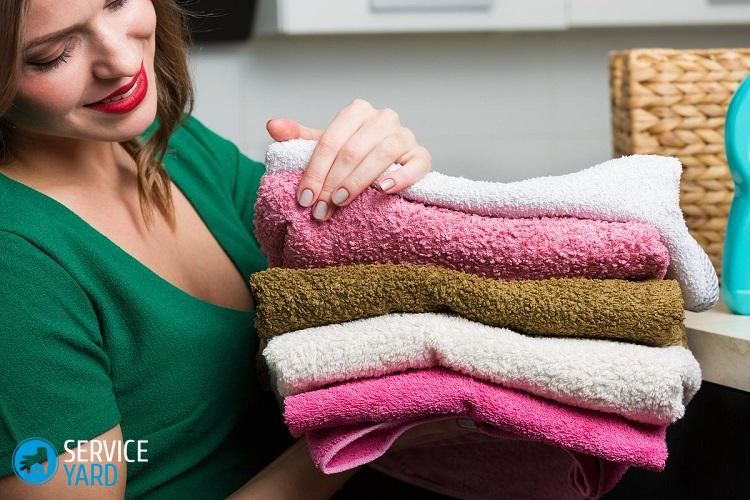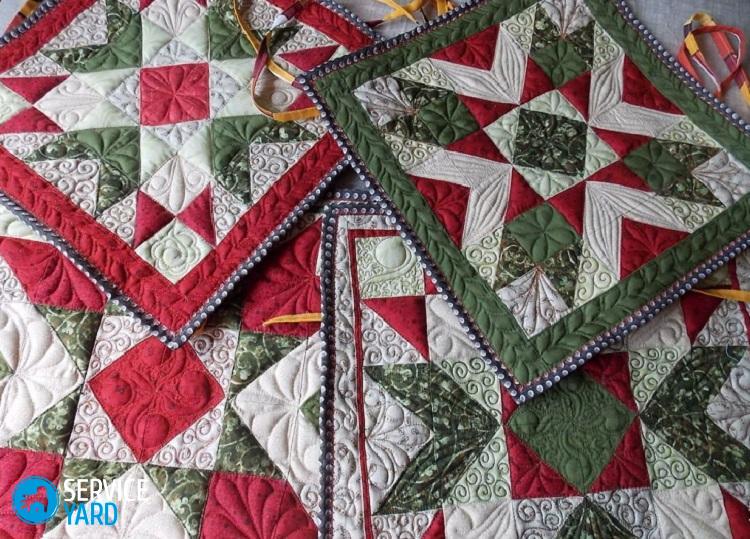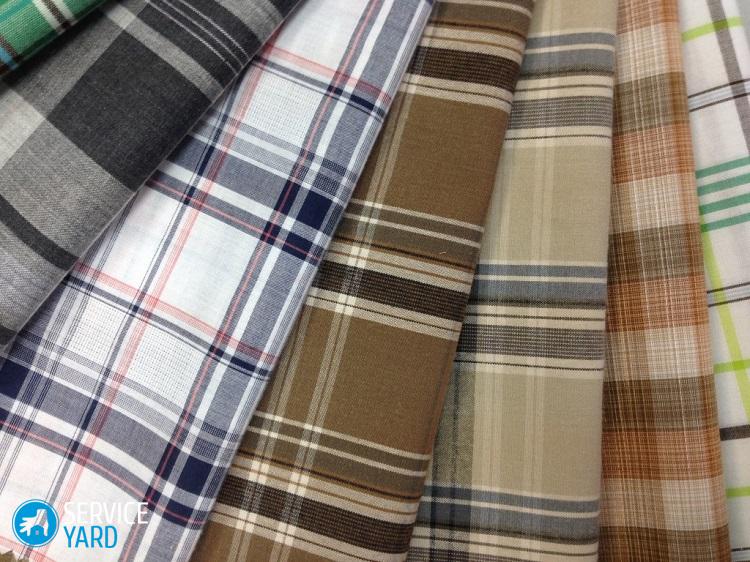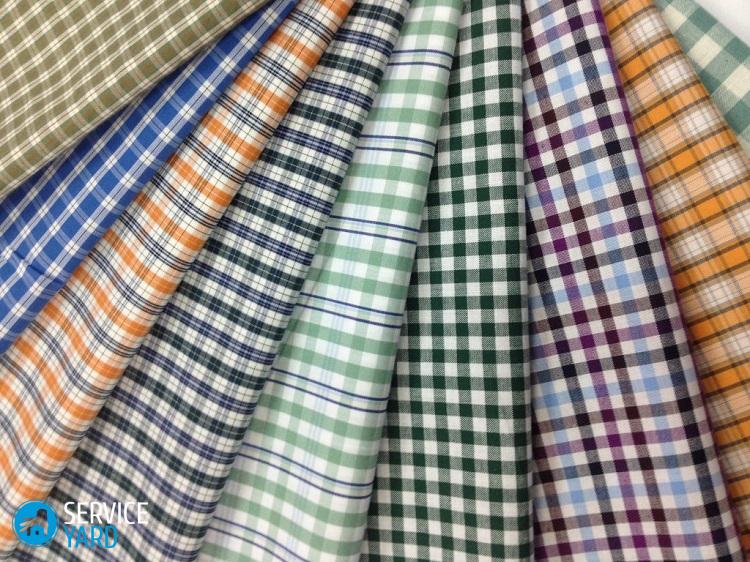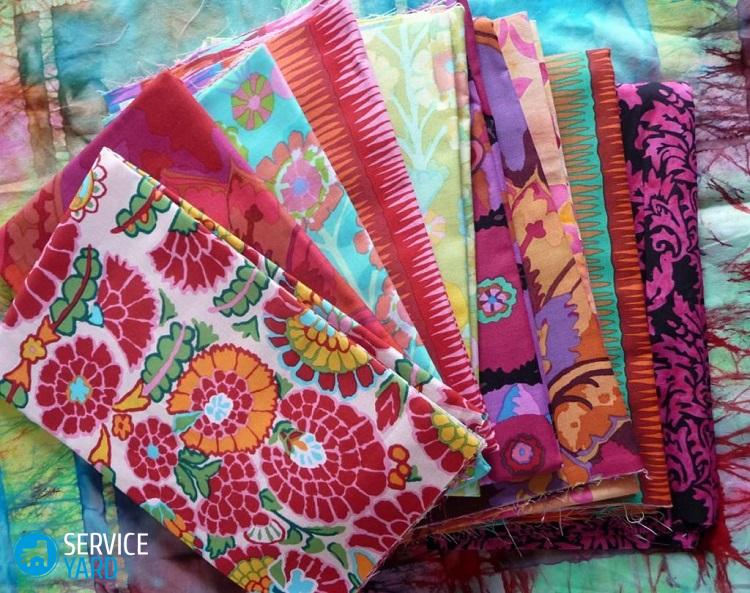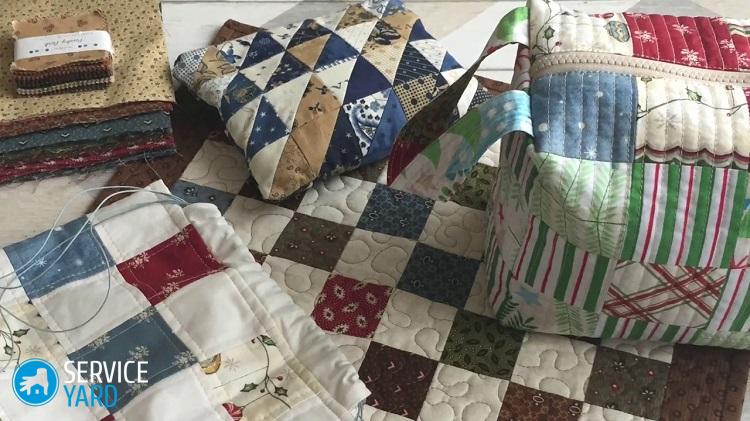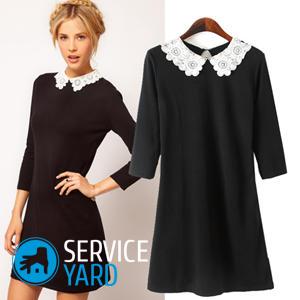What items and fabrics are often dyed?

Colored things are elegant, beautiful and bring bright colors to ordinary gray everyday life, but they require a very careful attitude to themselves. It is very insulting and unpleasant when it sheds clothes that you love. This happens with the clothes of well-known brands and reliable companies. It is especially unpleasant when such a thing during washing renders other products that were with it in the washing machine unusable. We will consider in our article which things and fabrics are often dyed, as well as how and how to wash them, so that they bring you joy for a long time.
to contents ↑Things that molt
Most often, such things are painted and molted:
- Often such a misfortune overtakes jeans of dark colors or indigo. But manufacturers of even the most famous brands claim that they will leave paint on the body and shed only a few first socks and washings when washing.
Important! As for this is the most popular clothing to date, we suggest that you understand some of the nuances of its production.
Click on the link to find out what jeans are made of.
- Bright colored T-shirts can also leave dye pigment on the body, as well as change their color during washing both by hand and in the washing machine.
- Black and white dresses are very moody and require proper and delicate care.
Important! If you have such clothes in your wardrobe, leave a note on several proven methods, how to bleach a white collar on a black dress.
- Colored dresses can also leave marks on the body.
- Bed linen can also be a given problem, and this factor depends on the method of dyeing the linen, namely: the fabric is made from already dyed threads or the drawing is applied to the material.
to contents ↑Important! By the way, as for the new set of sleepwear and its processing, check out the cognitive review, why should new clothes be washed.
Fabrics that molt
Most often, these types of tissues molt:
- Cotton is produced from natural fibers, which are obtained from ripened cotton fruits. This material is strong enough, but at the same time soft and light, easy to stain, breathable. The negative qualities include the fact that the fabric easily creases and molts.
- Wool is a fabric of natural origin. It retains heat, does not wrinkle and is resistant to pollution. It dries slowly and can shed during washing - it all depends on the color of the threads.
- Silk is a woven fabric that is made from silk threads. The fabric has the following advantages: breathable, hygroscopic and wear-resistant. It also has its drawbacks - it sheds during washing, because natural fibers do not hold paint as firmly as artificial ones, and also requires careful handling during ironing.
- Flax, like cotton, is of natural origin. Linen is hypoallergenic, hygroscopic, breathable, resistant to wear and ironing, but stained fabrics shed during washing.
to contents ↑Important! To avoid problems when taking care of things from these and other materials, keep yourself a complete set of rules, how to wash clothes from different fabrics.
Fabrics that do not fade:
- Viscose. It is produced from natural raw materials artificially. This fabric is similar to wool, silk or linen. It depends on how the material was processed.It has a large number of advantages, among which are high strength, softness, draped well, hypoallergenic.
Important! Properly dyed fabric does not fade, but it is best to use special detergents for white and colored items separately when washing.
- Velvet is made from natural silk, and more affordable options in its composition contain viscose, synthetic fibers, wool. These canvases do not cause allergies, are comfortable and soft to the touch, hold their shape perfectly, most often they do not fade, but they must be washed at a gentle temperature and mode.
- Coarse calico is a cotton fabric. It does not sit and does not fade during washing, is easy to iron, passes air, and is affordable. Most often used for sewing baby diapers, things, bedding.
- Cashmere is made from the undercoat of a Tibetan goat. Matter is very light and airy, does not cause allergies, is strong, wear-resistant, but needs careful care.
- Crepe de Chine is made from raw silk and crepe torsion threads. Such fabric does not crease, strong, light, practical, does not lose its color when washing, if it is not processed. The treated fabric can shed in water.
- The staple is made from fibers of cotton and dacron or viscose. The material does not fade, practically does not fade, perfectly drapes, dense, but lightweight.
Color Strength Test
After acquiring a new wardrobe item, you do not know whether it will change its color during washing or not. So that you do not have unpleasant surprises, you need to conduct a quality test and understand what things and fabrics are painted.
First option:
- A small piece of clothing must be wet.
- Smooth wet area through paper.
- If there are stains on the paper, the product may fade.
The second option:
- Cut a small piece of cloth near the seam from the wrong side.
- Soak it in ammonia.
- Wait 10 minutes, then rinse.
- Check if the color has not changed.
How to wash correctly so that the fabric does not dye?
At the first treatment, you can determine whether the fabric is dyed or not. In order for clothes sewn from such fabric to fade and dye less, and also to keep their color longer, you will need to use such detergents as:
- Vinegar.
- Salt.
- Hand Wash Powder.
As well as auxiliary equipment:
- The bowl in which you will soak it.
- Washer.
Important! It must be remembered that fabrics that are dyed are always washed separately.
There are several basic ways, and we will dwell on them in more detail.
First way:
- Soak the item in warm water.
- Rinse with running water.
- Soak again for 30-40 minutes.
- Rinse under the tap if less dye.
- Soak until the paint is washed off.
- Machine wash with laundry detergent.
Second way
If your thing is painted further, then it is necessary to resort to auxiliary means, such as salt, which is able to remove dirt and retain color.
The procedure is as follows:
- Pour water at a temperature slightly above room temperature into a bowl.
- Add a handful of powder, a glass of salt.
- Soak a thing in this solution for 30 minutes.
- Wash the item by hand.
- Rinse under running water.
Important! This method is suitable only for plain fabrics.
Third way
In this embodiment, acetic acid is used, which fixes the dye, and in the future the thing sheds less.
Phased steps:
- Pour water in a bowl about 40 degrees, pour the powder.
- Soak it in your wardrobe for 20 minutes.
- Wash by hand.
- Prepare a solution of vinegar and water - you will need 5 tbsp. l vinegar on a bucket of water.
- Rinse clothes in this solution.
- Without twisting, hang to dry.
Clothing color preservation tips:
- Never treat soda with colored fabrics.
- Not all things can be washed in a washing machine.
- Read all label information carefully before first cleaning.
- When washing wool, add mustard powder.
- Fabrics with combined colors, as well as delicate products, must be dried horizontally, laid out on a towel.
- Silk items are best washed in water, in which bran was presoaked.
Stock footage




We told you what things and fabrics are often dyed and shed. Follow our recommendations above to maintain the vibrant colors of your products. If the thing is painted very strongly, most likely manufacturers have saved on the quality of the product - keep in mind that such clothing may not be safe for you at all.



